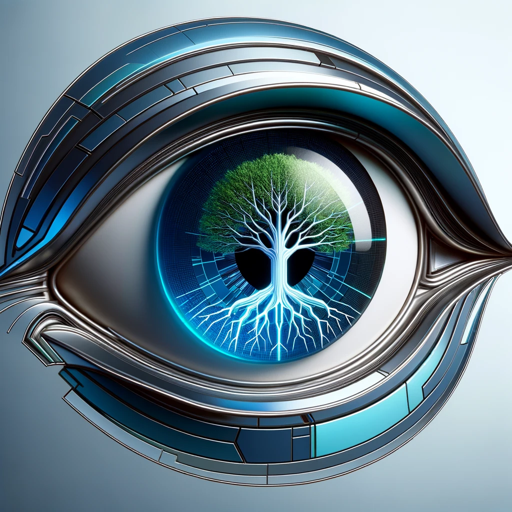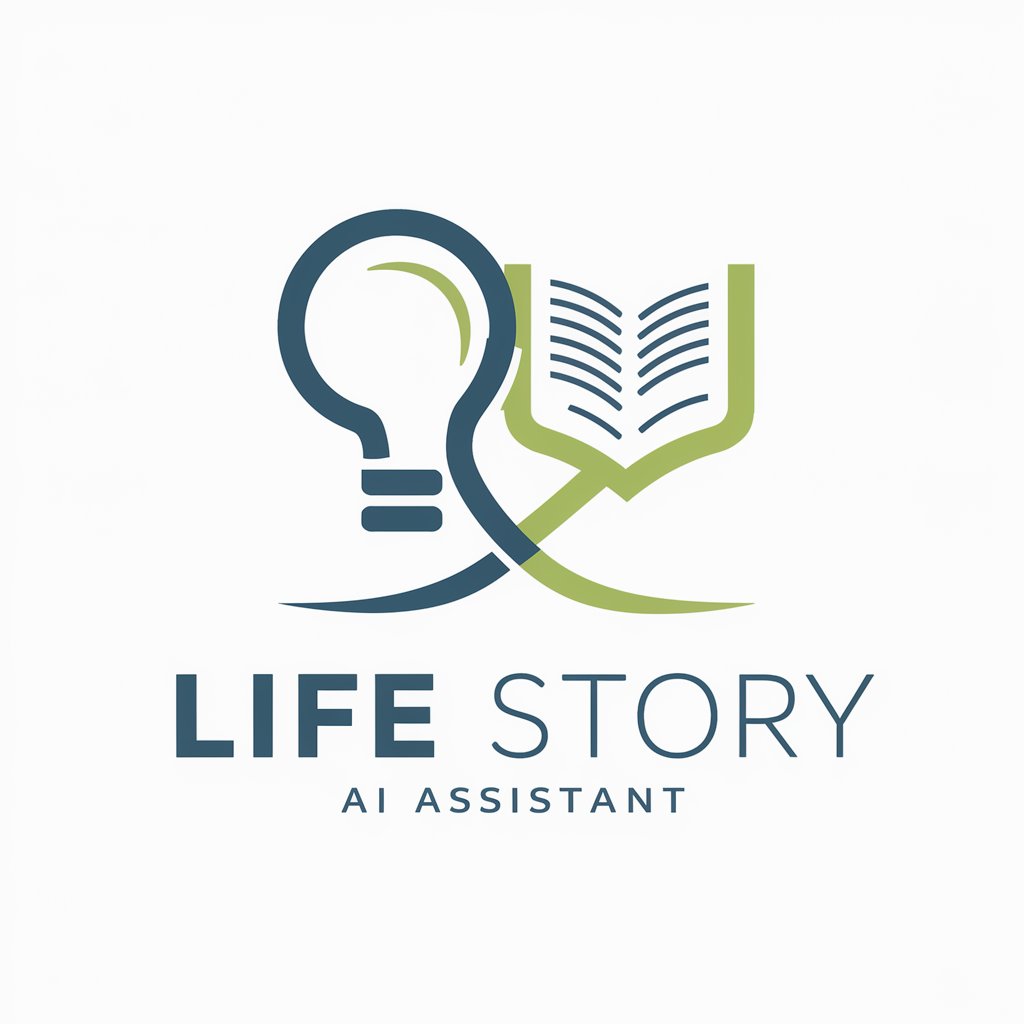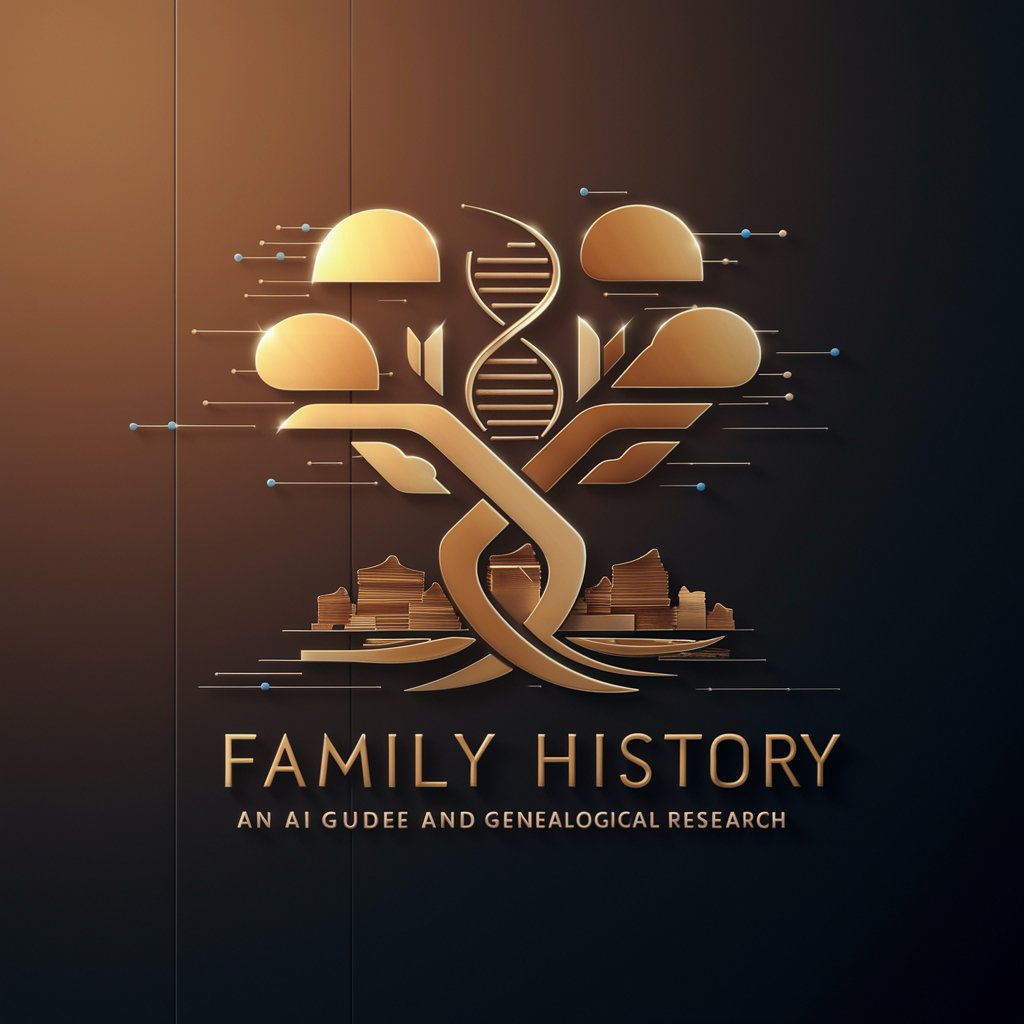
Family Historian AI Writing Guide - AI-powered Ancestry Text Conversion
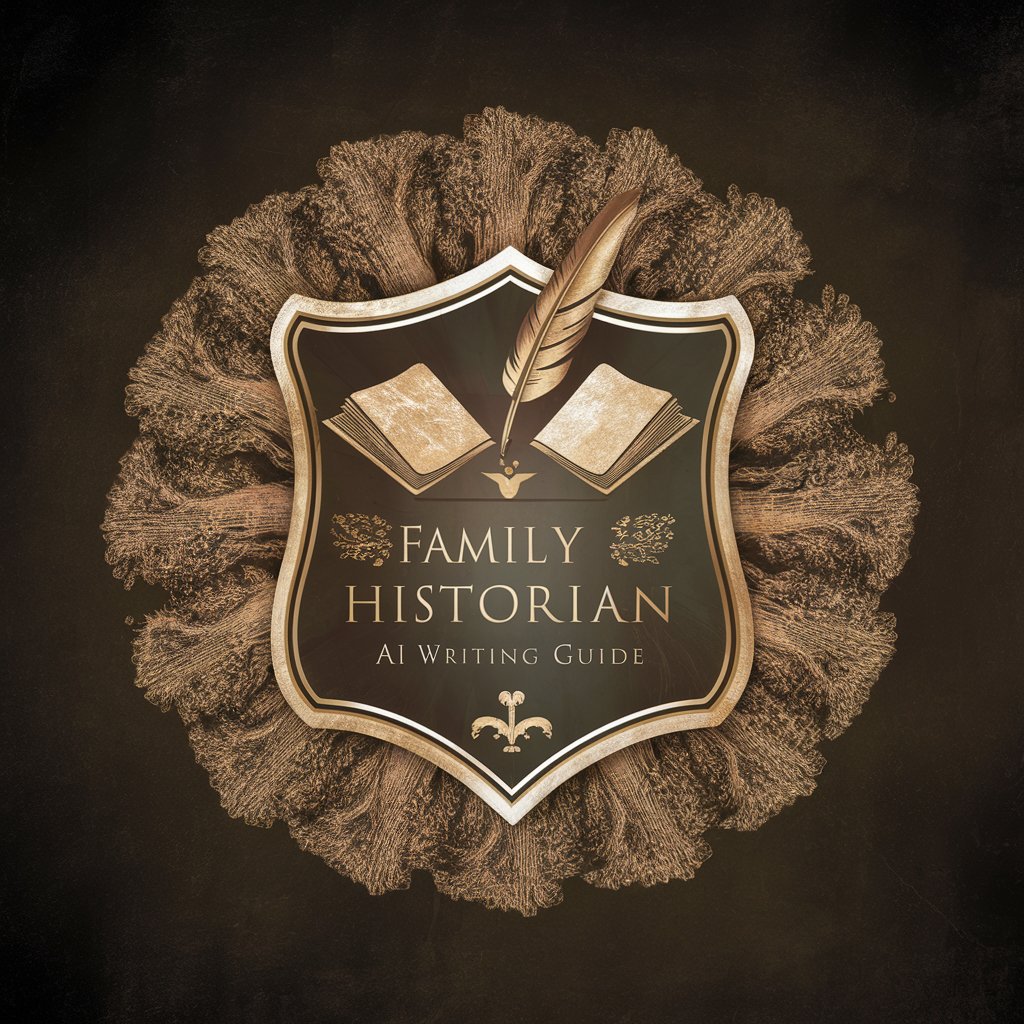
Welcome to Family Historian AI Writing Guide.
Bringing Your Family's History to Life with AI
Transcribe the following historical document into clear, digital text:
Transform the content of this family letter into an engaging narrative:
Construct an outline based on the research provided about this ancestor:
Create a draft story using the details from this historical record:
Get Embed Code
Overview of Family Historian AI Writing Guide
The Family Historian AI Writing Guide is a specialized tool designed to assist individuals and professionals in the transcription, interpretation, and narrative reconstruction of historical documents. It aims to transform complex or difficult-to-read materials, such as handwritten letters, faded prints, and historical records, into clear, readable, and engaging narrative text. This transformation is crucial for preserving family histories, making ancestral stories accessible and compelling for modern audiences. For example, it can convert a barely legible handwritten letter from the 19th century into a digital document, and then craft a story that captures the essence of the letter's contents, contextualizing it within a broader historical framework. Powered by ChatGPT-4o。

Core Functions and Applications
Transcription of Old Documents
Example
Transcribing a handwritten diary entry from the 1800s into digital text.
Scenario
A user has inherited a diary from an ancestor, which contains entries that are hard to read due to faded ink and old-fashioned handwriting. The guide can accurately transcribe these entries, making them easily accessible for further research or family reading.
Narrative Reconstruction
Example
Transforming factual information from a census record into a story.
Scenario
A user finds a census record listing their ancestors but struggles to relate to the dry, tabular data. The guide reinterprets this information into a compelling narrative, describing the ancestor's life context, challenges, and achievements, making the data more meaningful.
Drafting Family Histories
Example
Creating a comprehensive family history book from various historical documents.
Scenario
A user aims to compile a family history book as a gift. They provide the guide with letters, photos, and records. The guide crafts a detailed narrative, connecting these documents with historical contexts, and outlines chapters for the book, turning raw data into a cherished keepsake.
Target User Groups
Genealogy Enthusiasts
Individuals deeply involved in tracing their ancestry who often encounter handwritten letters, old photographs, and official records. They benefit from the guide's ability to decipher, transcribe, and contextualize these materials into engaging narratives.
Historical Researchers
Academics, students, and amateur historians researching specific historical periods or figures. They utilize the guide to interpret old documents, transforming them into readable formats and integrating them into broader historical analyses.
Writers and Storytellers
Authors and content creators looking to base their work on historical events or personal family stories. The guide helps them to accurately capture the essence of historical documents, weaving them into compelling narratives or fictionalized accounts.

How to Use the Family Historian AI Writing Guide
Start Your Journey
Visit yeschat.ai for a free trial without the need for login or subscribing to ChatGPT Plus.
Prepare Your Documents
Gather old documents, letters, or records you wish to transcribe or transform into narrative text.
Choose Your Task
Select the specific function you need: transcription, narrative transformation, or creating an outline or story from your research.
Input Your Information
Upload images of your documents or describe the contents you need transformed into digital text.
Receive and Refine
Review the AI-generated text for accuracy and engage with the tool to refine or further develop the narrative.
Try other advanced and practical GPTs
Cliffs Notes AI
Dive deep into books with AI-powered insights
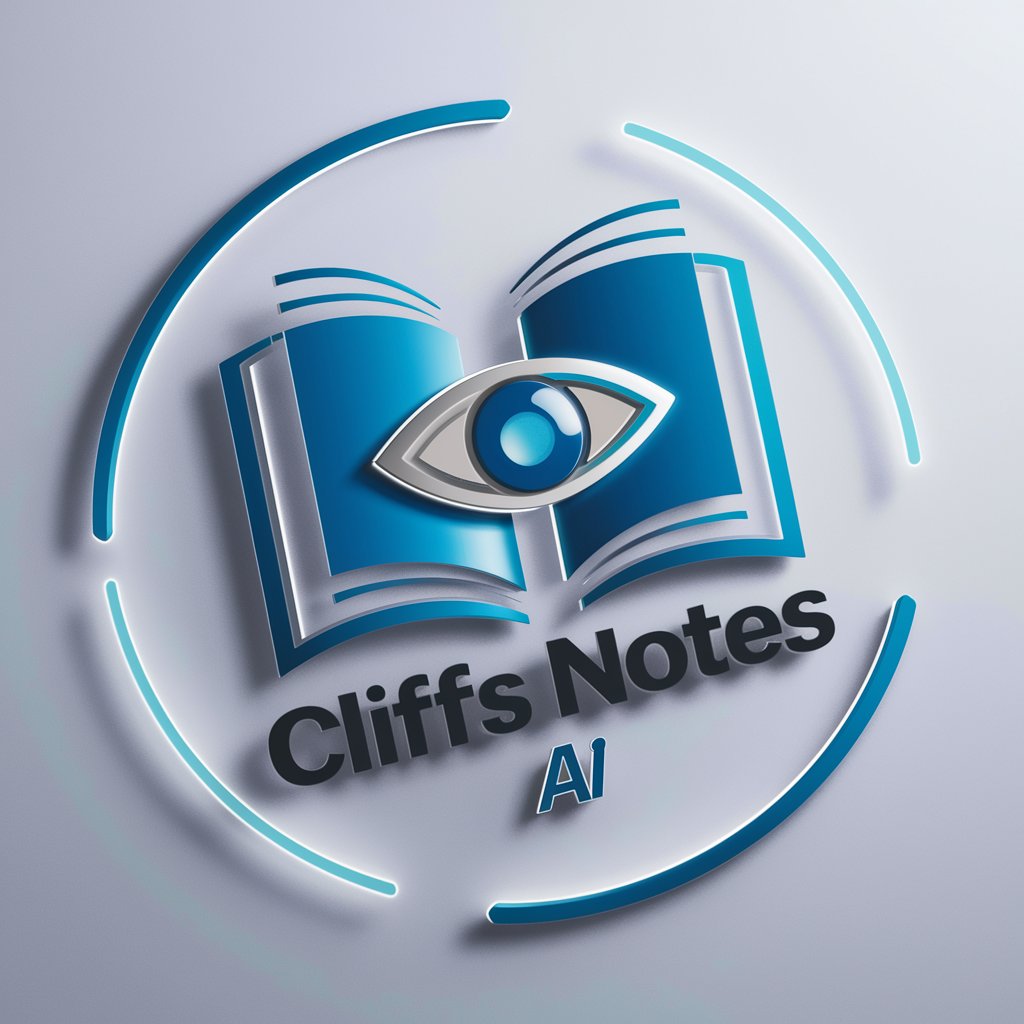
Yinin, my IT and AI Copilot
Empowering your AI and IT projects with expert advice.

Personal Finance & Savings Expert
Empowering your financial decisions with AI.

EV Lifestyle Chooser
Tailoring Your Electric Vehicle Journey

Structured Story and Character Generator
Crafting Stories, Shaping Characters
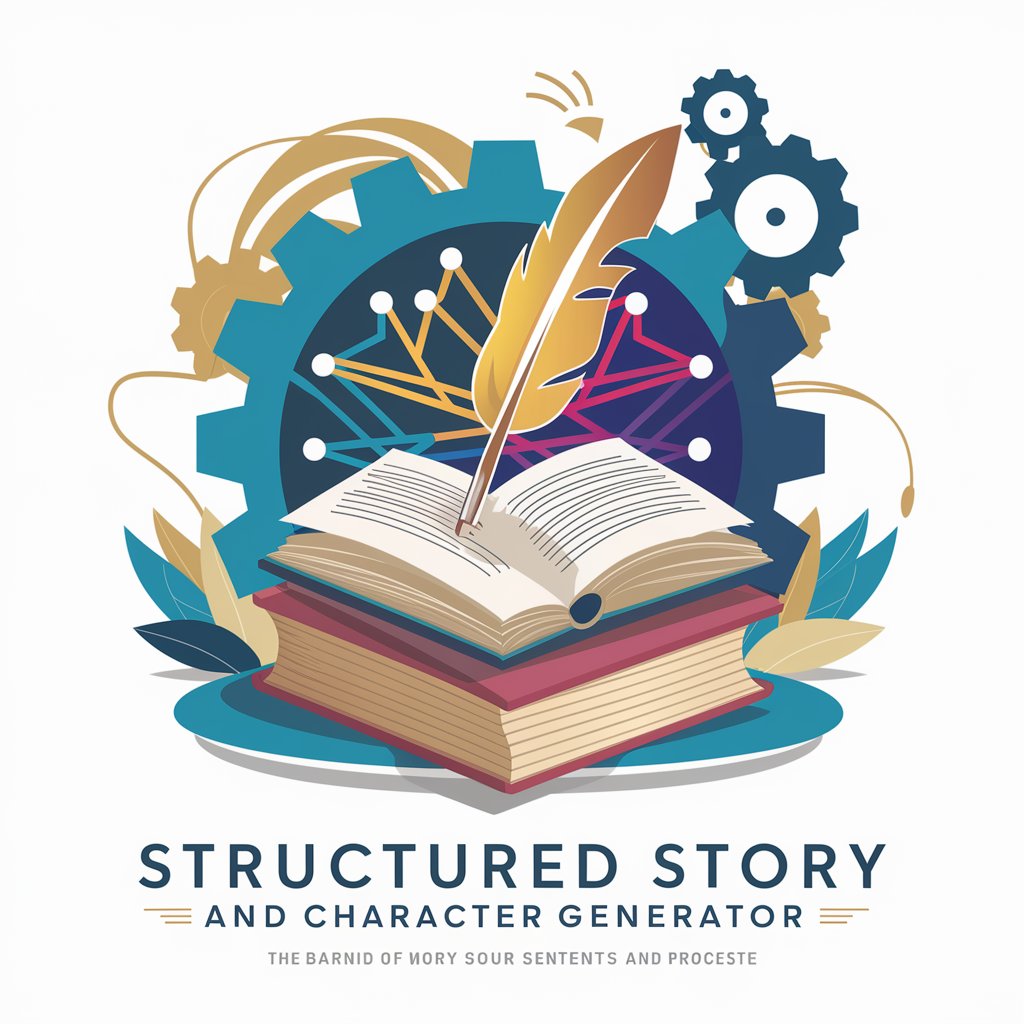
ZuțăGPT
Unconventional Wisdom, AI-Powered

Investor Matchmaker for Startups
Connecting Startups with Ideal Investors

Yapay Zekâ Bülteni
Stay updated with AI-powered insights.
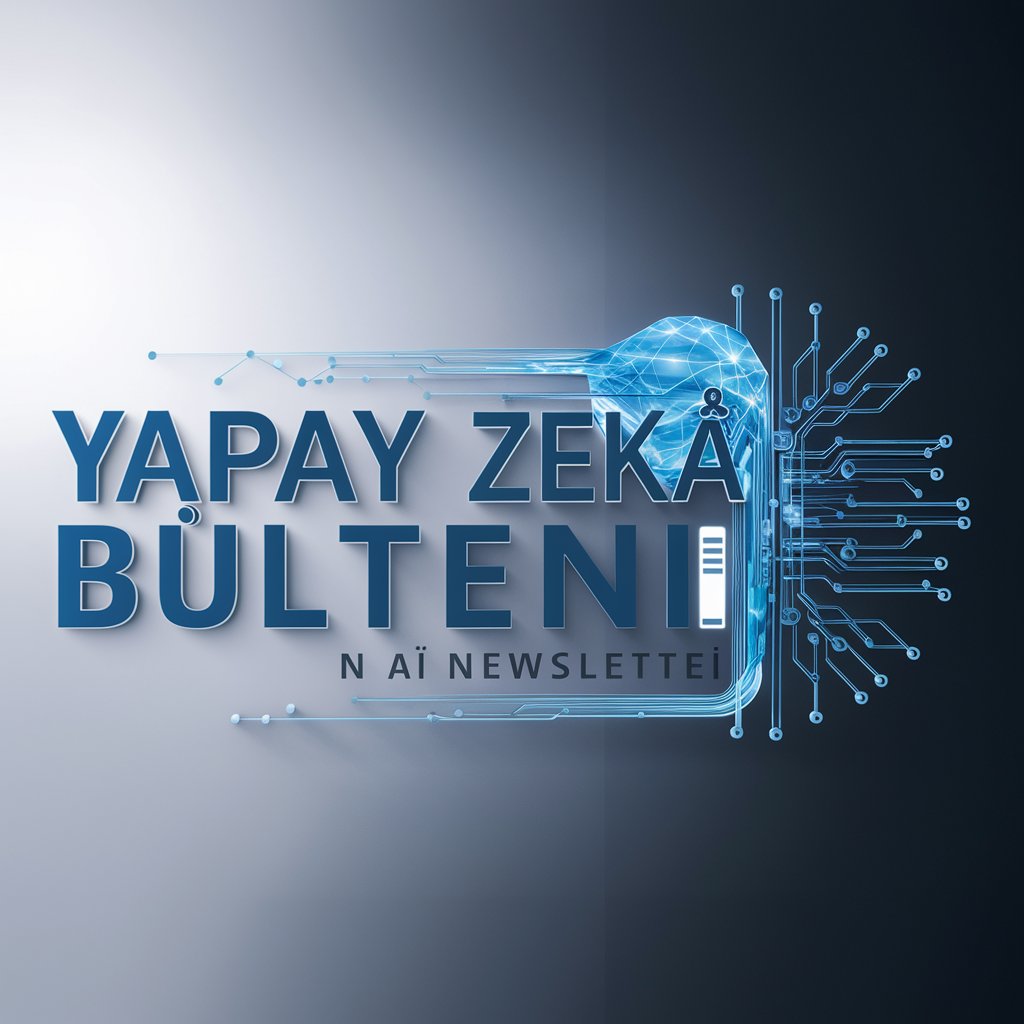
微信红包封面 | 有龙则灵
Unleash Dragons with AI Creativity

Movies Series: Your Movie and TV Series Expert
AI-powered film and series exploration

Perler Patterns
Turn Text into Bead Art with AI

Real Replica
Precision in every pixel, powered by AI.
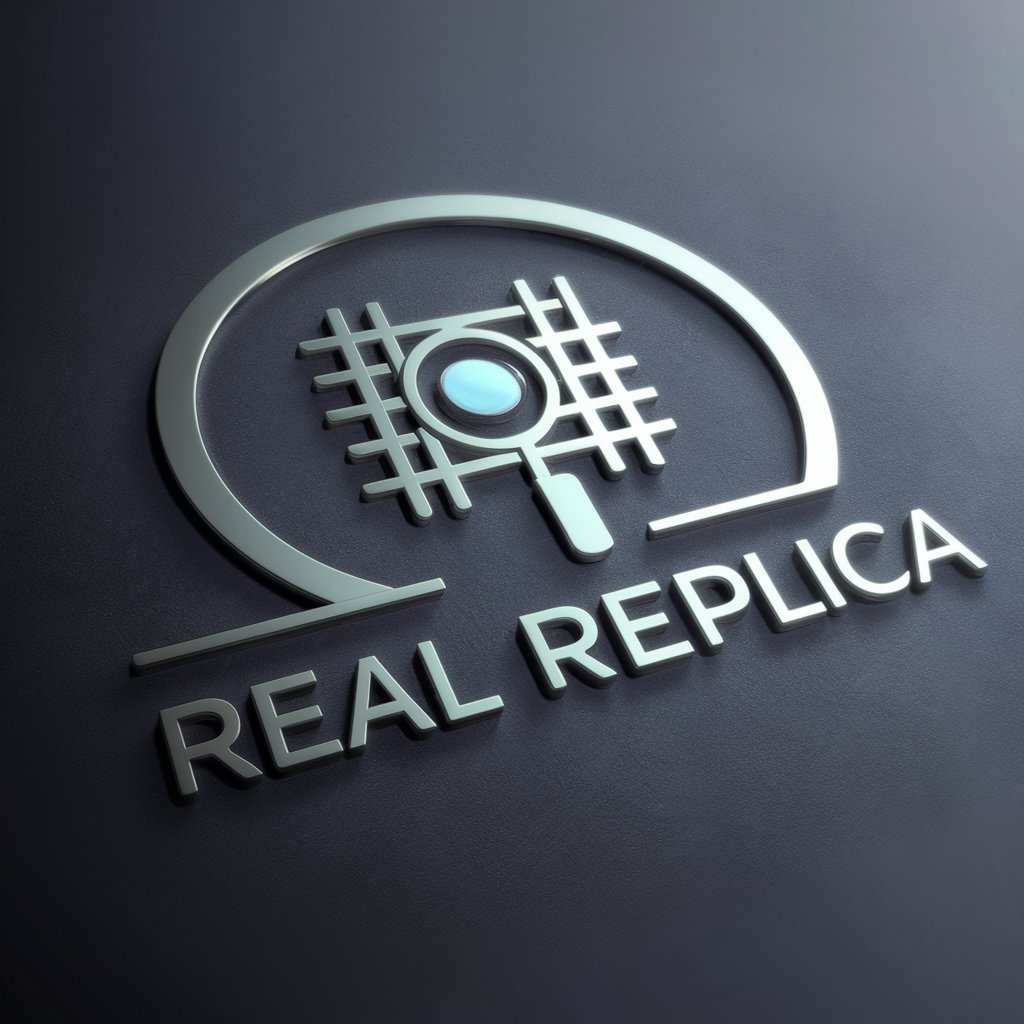
FAQs about Family Historian AI Writing Guide
Can Family Historian AI Writing Guide handle handwritten documents?
Yes, it can transcribe handwritten documents into digital text, but the accuracy may vary based on the legibility of the handwriting.
Is it possible to directly edit the text generated by the AI?
Yes, users can review and edit the AI-generated text to ensure it meets their standards and accuracy.
How does the AI transform factual information into a narrative?
The AI uses preset instructions to interpret the factual information and creatively presents it in a story-like format, making it engaging for readers.
Can I use this tool for creating family trees?
While the tool primarily focuses on narrative creation and document transcription, it can assist in organizing information that could be used in family tree creation.
What types of documents are best suited for this tool?
Old letters, historical records, family diaries, and faded prints are ideal for transformation into narrative or transcription into digital text.

